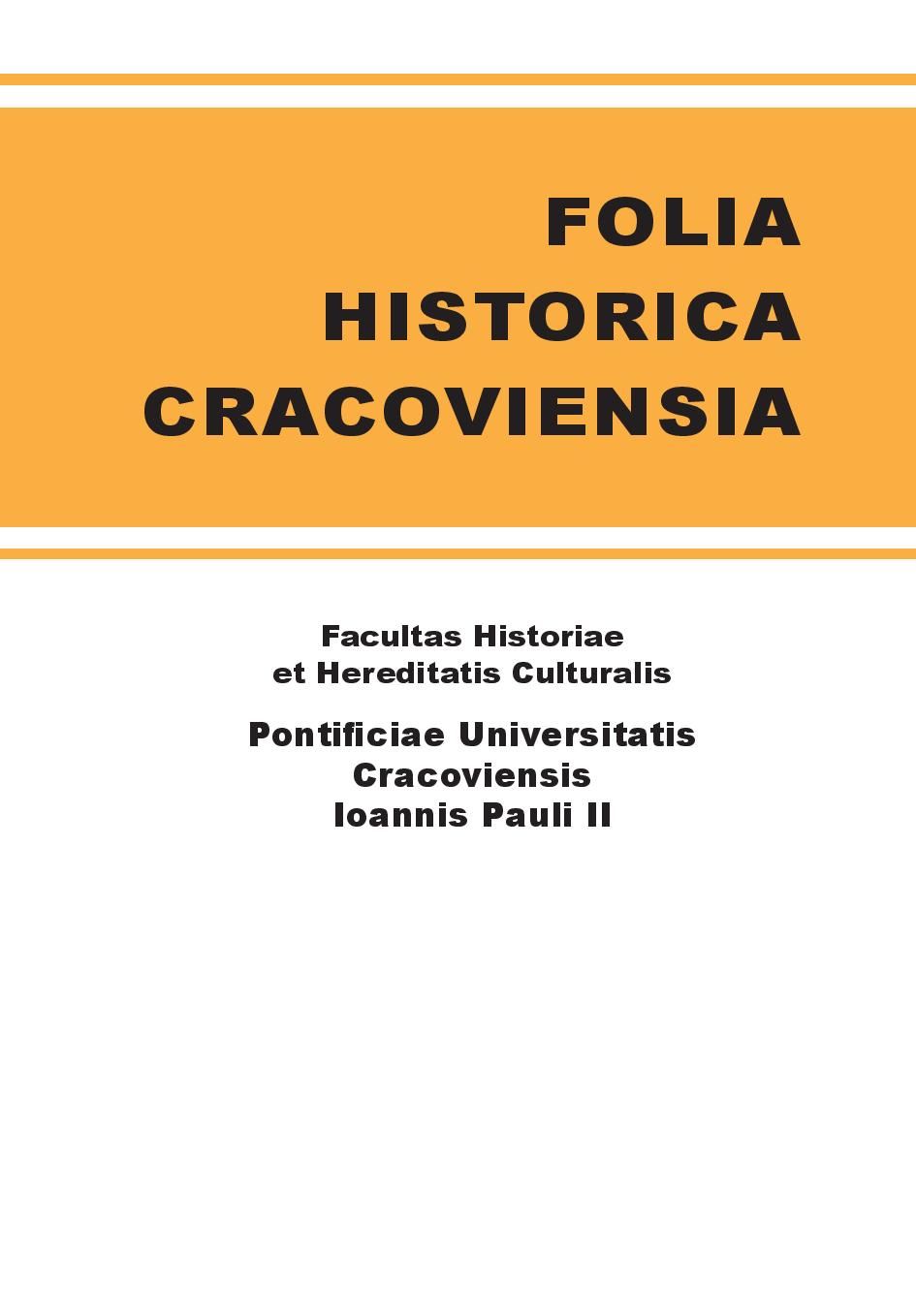Renovation work in the monastery and new interior furnishings in St Joseph's Church of the Discalced Camaldolese in Poznań in the years 1984–1990
DOI:
https://doi.org/10.15633/fhc.1362Keywords:
discalced Carmelites, St Joseph's Church w Poznań, interior furnishing, main altar, Józef DutkiewiczAbstract
The Discalced Camaldolese arrived in Poznań in 1618. In a garden purchased from Elżbieta Michanówna they built the original wooden monastery dedicated to St Joseph. In 1635–1687, on the land of the manor bequeathed by Barbara Orzelska, the Camaldolese built a stone monastery and St Joseph's Church. Among the architects and builders of St Joseph's Church were: Giovanni Catenaci, Krzysztof Bonadura the Older and Krzysztof Bonadura the Younger. After the Second World War, the Discalced Camaldolese regained their property in a state of ruin. It took many years to reconstruct and renovate the heritage site. The present furnishings of the Church were made in the years 1985–1990.
Downloads
Published
Issue
Section
License
Copyright (c) 2015 Benignus Józef Wanat

This work is licensed under a Creative Commons Attribution-NonCommercial-NoDerivatives 3.0 Unported License.
Authors who publish with this journal agree to the following terms:
- Authors retain the copyright and full publishing rights without restrictions, and grant the journal right of first publication with the work simultaneously licensed under a Creative Commons Attribution 4.0 International License that allows others to share the work with an acknowledgement of the work's authorship and initial publication in this journal.
- Authors are able to enter into separate, additional contractual arrangements for the non-exclusive distribution of the journal's published version of the work (e.g., post it to an institutional repository or publish it in a book), with an acknowledgement of its initial publication in this journal.
- Authors are permitted and encouraged to post their work online (e.g., in institutional repositories or on their website) prior to and during the submission process, as it can lead to productive exchanges, as well as earlier and greater citation of published work (See The Effect of Open Access).

